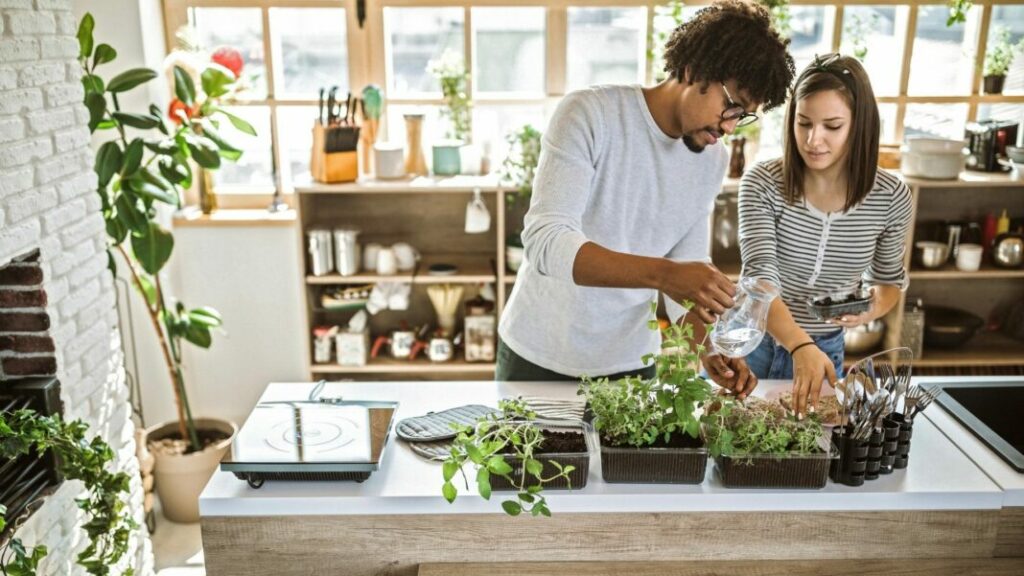
As a renter, you may feel there’s not much you can do to go green – you can’t install high-efficiency appliances or solar panels, after all. But there are some small steps you can take to make your home-sweet-apartment more eco-friendly. Read on for 10 tips for a more earth-conscious rental.
How to make your apartment more eco-friendly
1. Shop pre-owned
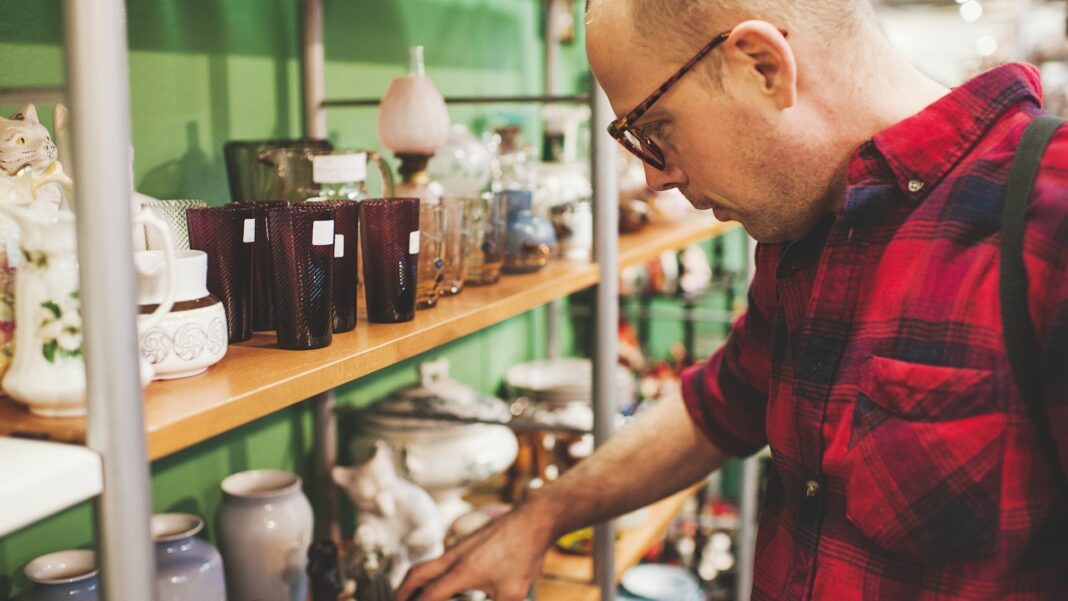
You can find almost anything pre-loved these days, from clothing and furniture to kitchen and pet supplies. Check resale websites like Craigslist, Facebook Marketplace, Mercari, and Poshmark, or local resources like thrift shops, neighborhood forums (like Nextdoor), and yard sales. It’s a win-win: you get what you need (at a lower price!) and prevent perfectly usable stuff from heading to landfills. Consider donating or reselling items you no longer want, too.
2. Reduce food waste
If you have a bunch of limp, yellowing scallions in the back of your fridge, you’re not alone. In 2019, U.S. households wasted more than 20 million tons of food. Luckily, there are simple ways to try to toss less. Meal planning and heading to the store with a list will help you avoid gathering a cartload of perishables you don’t know what to do with. At the end of the week, challenge yourself to turn the odds and ends into a meal.
Also, be sure you understand what the dates on your dairy (and other items) actually mean. Foods with “sell by” or “best by” dates that have come and gone shouldn’t necessarily go straight into the trash. The FDA recommends checking out food for hints: if there’s a noticeable change in color, consistency or texture, or if it has an off smell, it may be time to toss. But if not, it’s likely safe.
3. Go reusable and package-free
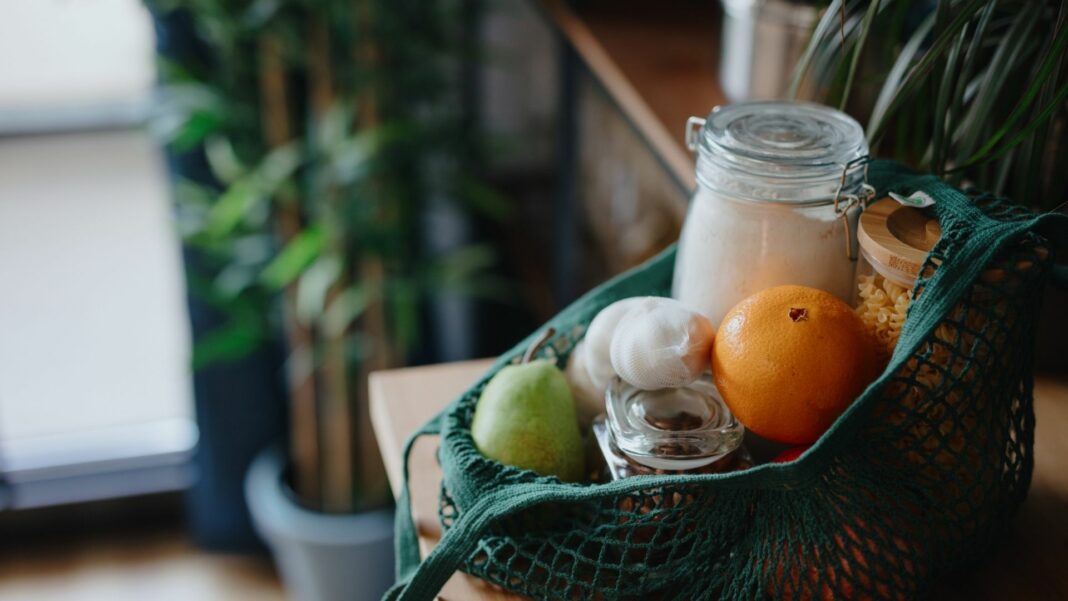
When shopping, seek out items sans packaging – bulk departments that allow you to refill your own containers are great for this. (By the way: Glass peanut butter jars and sturdy plastic takeout containers work just as well as expensive zero-waste food storage sets!) In the produce aisle, look for fruits and veggies sold loose instead of in plastic or on Styrofoam trays. Stash reusable shopping bags in your car or by the door so you’ll never leave home without them.
4. Grow your own food
Whether you have a backyard, a sunny windowsill, or a fire escape, you can have a garden. Growing your own vegetables helps shrink your carbon footprint, since produce often travels long distances (in refrigerated trucks) before making it to the table. If you’re an experienced gardener but don’t have outdoor space, research community gardens in your area. If your thumb is not yet green, try a fun and easy Microgreens kit. Sprouts bring loads of vitamins and minerals to your plate, but store-bought ones rot quickly and come encased in plastic.
5. Compost however you can
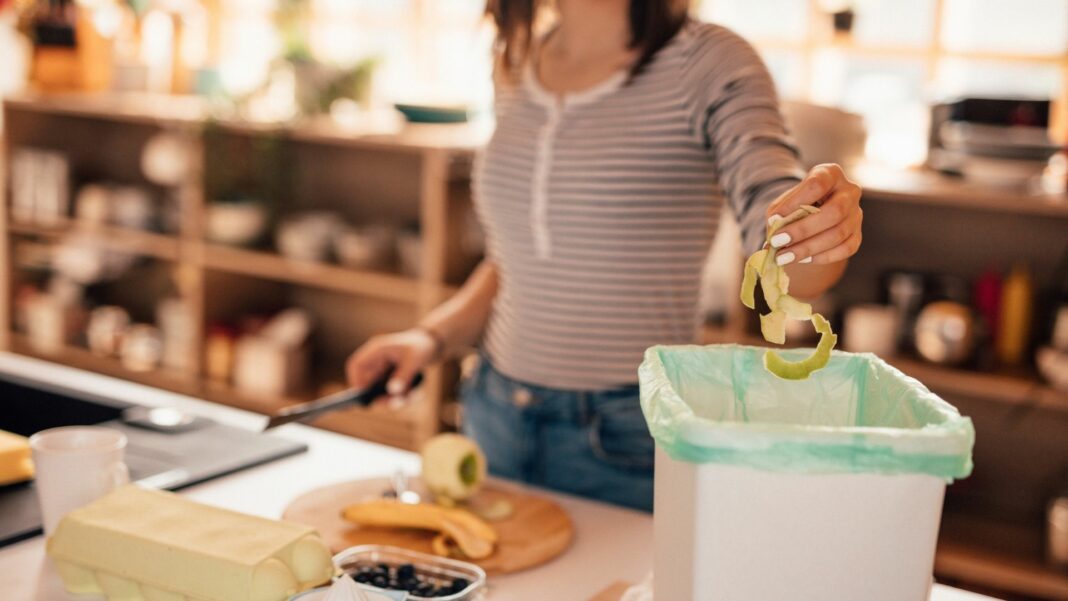
Even if you don’t have the yard space for a compost pile, you can keep fruit and veggie peels, seeds, and stems out of landfills. More and more municipalities are offering compost pickup (like trash and recycling). If you want to do it yourself, vermicomposting, or worm composting, is hands-on and can be done completely indoors – it’s clean and smell-free. Mail-order worms snack on your apple cores, carrot tops, egg shells and more, creating nutrient-rich compost in few months, all contained inside an apparatus that resembles a stylish piece of furniture. No one has to know what’s really going on in there!
6. Conserve water and clean smarter
If you have a dishwasher, use it! They save water compared to scrubbing by hand. Got abandoned water glasses or half-full bottles? Pour into your plants instead of down the drain. If you live with your partner, shower together. (What? It’s good for the planet!)
Along with your water use, the products used to clean your space can impact your environment. The Environmental Protection Agency cautions against cleaning products made with caustic chemicals that may pose risks to both human health and the environment. But the variety of products in the cleaning aisle can be overwhelming, especially with vague and sometimes misleading terms like “green.” For products you can trust, look for the EPA’s Safer Choice seal or Design for the Environment label.
7. Step up your recycling game
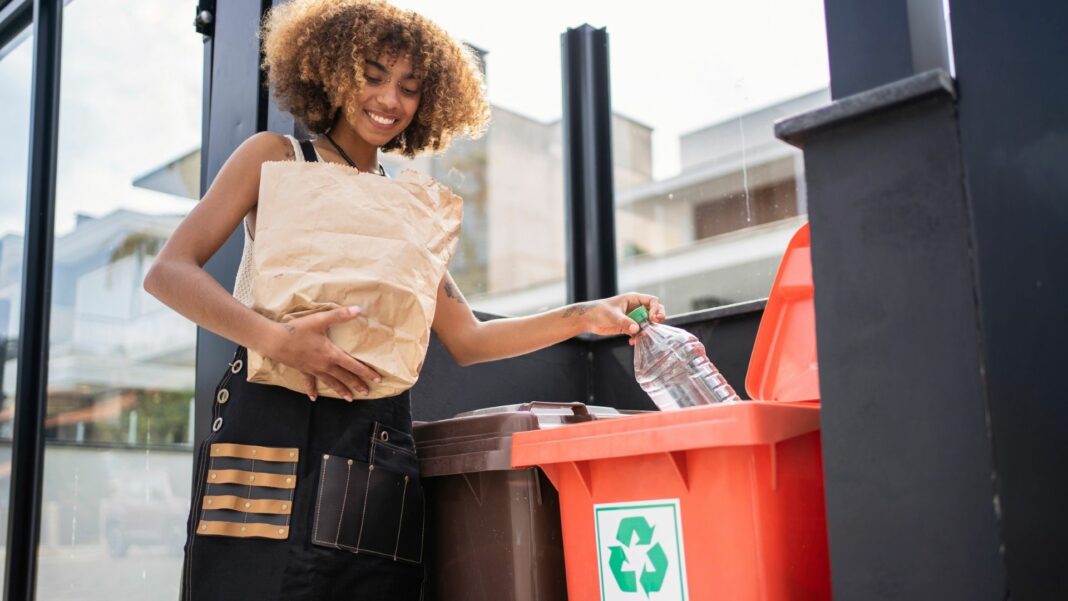
Recycling processes vary widely, so check our hauler’s website for a list of accepted items to ensure you’re recycling properly. (Keep the list on your fridge for reference.) Wish-cycling – putting items in the bin you hope can be recycled – can actually make things worse by contaminating a load with materials that can’t be processed. Plastic bags generally need to be recycled at grocery-store drop-offs, and cartons (from ice cream or orange juice) usually can’t be recycled at all, because of a thin layer of plastic coating on the cardboard. Many brands partner with Terracycle to allow customers to send back hard-to-recycle packaging; check there before trashing. Research how to recycle specific items in your area, like batteries and electronics.
8. Heat and cool naturally
Open windows on summer nights when temperatures are cool, but close them – as well as blinds or curtains – in the morning, to insulate your apartment against the hot rays of midday. In winter, let the sunshine in, and stop up drafty doors and windows with draft blockers or towels.
9. Monitor energy use
Some energy companies send customers a snapshot of usage, showing days and times when more energy is consumed. (You may also access this information in your account on the provider’s website.) Knowing when you use the most energy can help change your habits. If the most watts are used between 9 and 10 pm, when you take a long, hot shower before bed, try shortening it by a few minutes and see if it makes a difference. Tracking your progress can be a major motivator.
10. Think small
Avoid turning on the stove or oven if a smaller appliance will get the job done. An electric kettle will take much less energy to boil a cup of water than the stovetop. (Also, don’t heat a whole pot if you only need a cup.) Electric pressure cookers and slow cookers will also cook more efficiently than an oven. Bonus: they’ll keep your apartment from heating up on sweltering summer days.
We hope these tips will inspire you to make your apartment a little more eco-friendly. Whether you choose to shop second-hand, take shorter showers or grow herbs on your windowsill, the little actions we take every day add up. It’s not easy being green, but the Earth thanks you!



